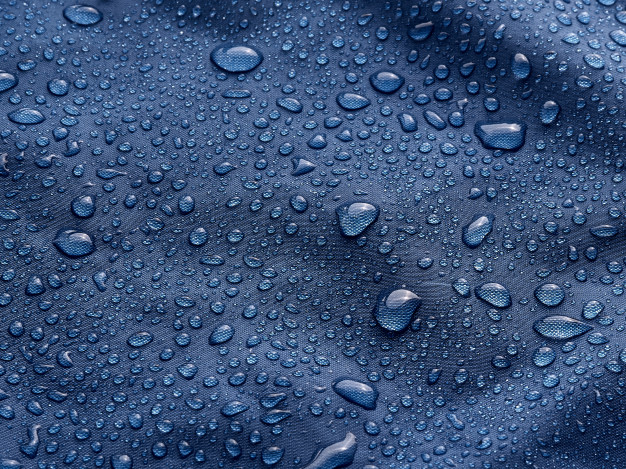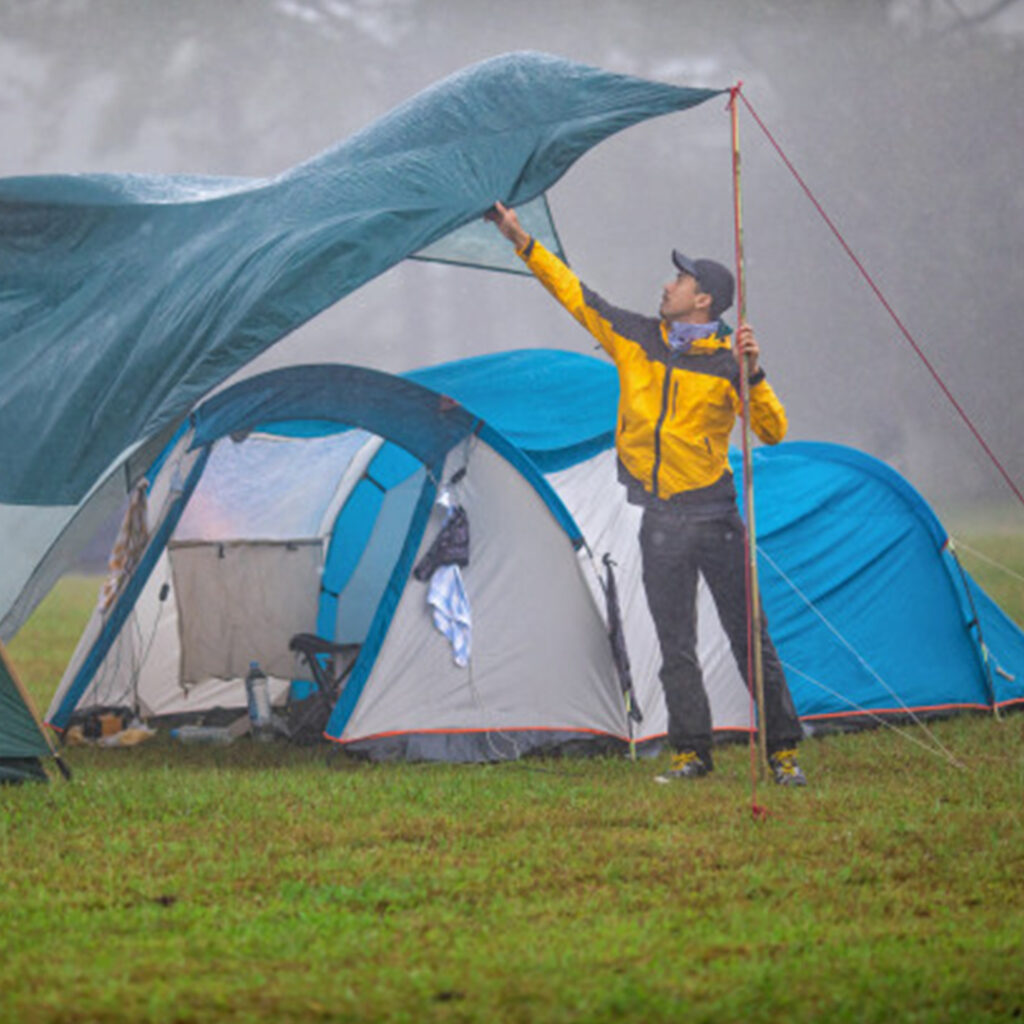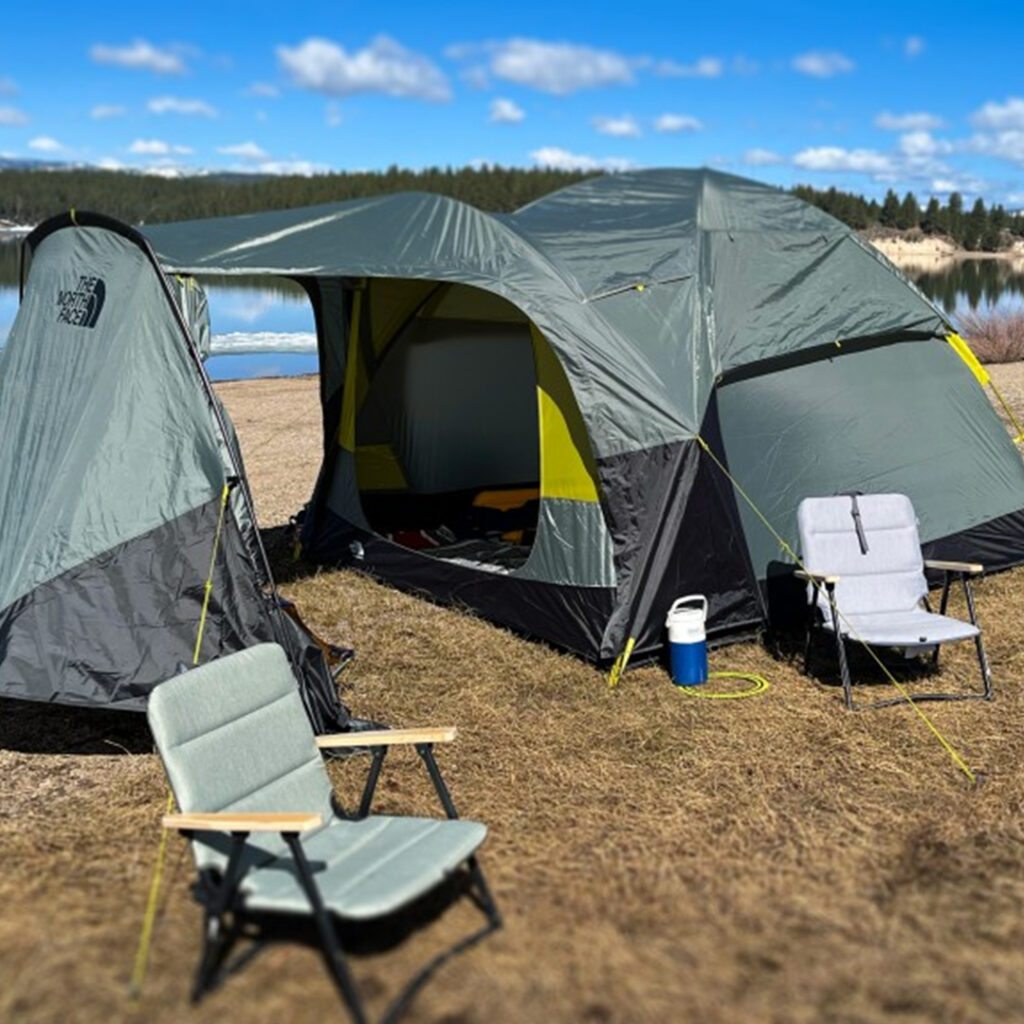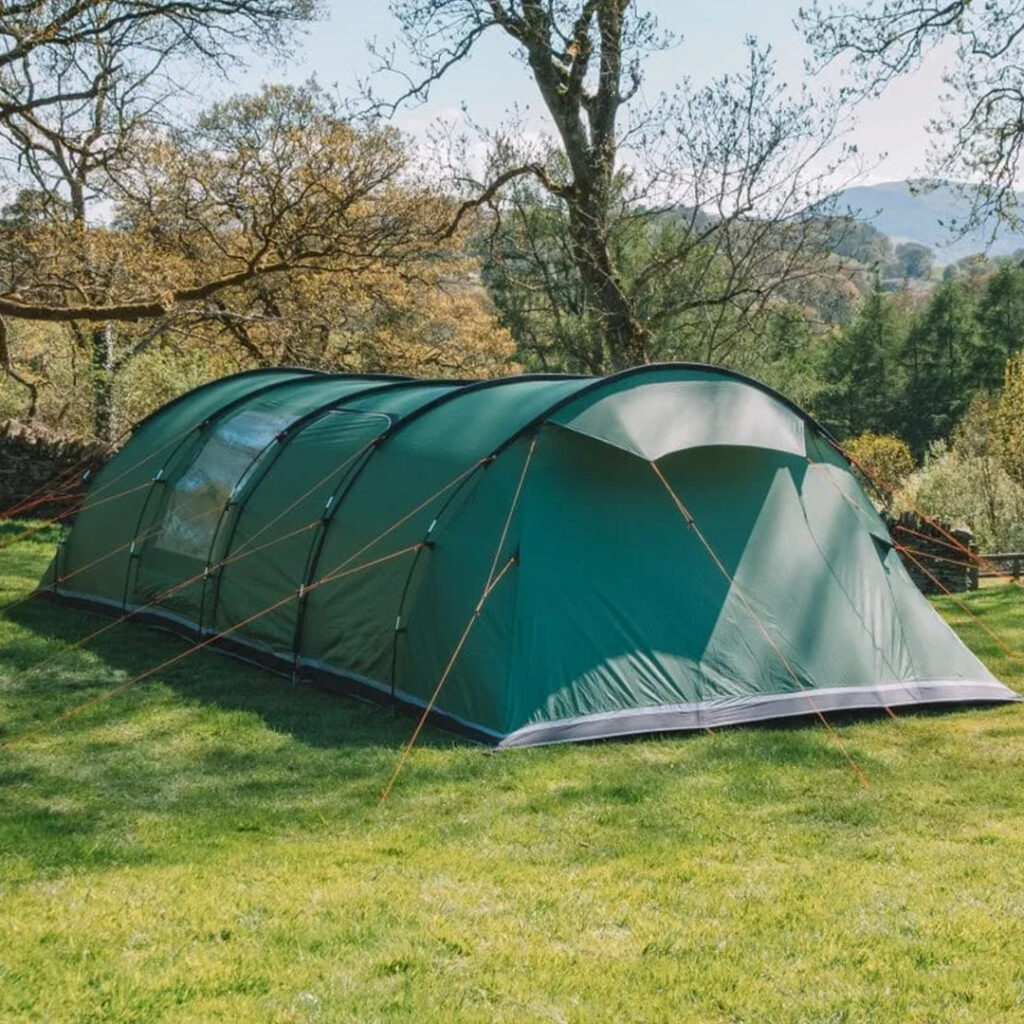When we talk about humidity or How to Lower Humidity in Grow Tent we are actually talking about “Relative Humidity” (RH). This is a measure of the amount of water vapor in the air compared to the amount of water vapor the air could hold at a specific temperature before it is converted to moisture.
How to Lower Humidity in Grow Tent is the most important thing to know that the warmer air can hold more water vapor than cooler air. This is why we see fog form when the temperature drops: the water vapor levels stay the same,
but a lower temperature allows less water vapor suspension, so it becomes fog. 0% relative humidity would be arid desert-like conditions, while 100% relative humidity would be essentially a cloud.
Plants need water to grow. Moisture is part of the water that plants absorb through leaves and stems. However, for plants to thrive well, humidity levels must be kept at an optimal level at all times.
When it’s too low, your plants suffer. And when the humidity exceeds the desired levels, they struggle to survive.
In this article, we’ll look at simple ways to reduce humidity, how to lower humidity in greenhouse and keep it at an optimal level. But before we do that, let’s first discuss the important things you need to know about How to Lower Humidity in Grow Tent.
Why is my grow tent so humid?
When plants are overwatered, they absorb tons of water. They release excess water into the air through respiration. As a result, your grow tent ends up having more humidity than you bargained for. Excess water in the soil evaporates when temperatures rise in the grow room.
DampRid in Grow Tent to Lower Humidit
As indoor growers, keeping relative humidity under control can sometimes be risky and cause problems. Too much or too little moisture could make or break your plants. It can be confusing at times, even for experienced growers.
High humidity levels can lead to slow growth, bud rot, fungal growth, mold and mildew. Such factors threaten the survival of your plants, including the chances of high yields.
Your grow tent should not exceed 70% humidity. So if you are exceeding that level, you need to determine where the moisture is coming from and what can be done to prevent it from damaging your plants.
Don’t worry, maintaining an ideally low humidity level in your grow tent could be solved by the same things found in your grow tent, so here’s How to Lower Humidity in Grow Tent without having to shell out a lot money.
Understanding relative humidity
Let’s start with a short science lesson: Moisture is water vapor in the air. In the meantime, relative humidity is the ratio of existing absolute humidity to the very best possible absolute humidity. In simpler terms, relative humidity is air that is completely saturated with water vapor and can no longer hold it.
Do remember that water vapor will always be within the air. The air will retain more water vapor when the temperature in your grow tent is higher. Heat causes water to move faster through the air, which increases humidity.
Why high humidity is depraved and origins problems
Therefore, you have been told that high humidity is a must to ensure robust growth and the health of your growing plants. In fact, plants love high humidity. While this is true, excessively high humidity levels in your grow tent can do more harm than good.
If you do not want high humidity during flowering:
a) Become the perfect environment for bacteria and molds;
b) Make your flowering plants suffer from bud rot or botrytis;
c) Maximize the threat of pests and diseases;
d) Avoid perspiration or air exchange of your plants;
e) Encourage unwanted microbiological growth;
f) Block stomata and reduce carbon dioxide intake, which is essential for efficient photosynthesis.
g) Make the roots inactive by reducing their natural capacity to absorb water;
h) Reduce the absorption of nutrients from your plants;
i) Minimize the performance of your plant
j) Then it is time to understand how humidity levels can be kept low in a grow tent.
Ideal Temperature and Lower Humidity for Grow Tent
Humidity levels depend upon the growth stage of your plant, but it’s sagacious to know that to lower humidity in your grow tent can work astonishments.
High humidity levels and moisture build-up in a grow tent can cause flowers or buds to rot. White mold can bother leaves, preventing them from absorbing water, air, and light.
Grow Tent Size and Assortment
One of the first things to check is the size of your grow tent, because you need to ensure that all areas are covered in relatively low humidity. Dehumidifier for 4×4 grow tent for example, a 4 × 4 grow tent requires 40%, while a 5 × 5 grow tent requires at least 65%.
I can use a residential dehumidifier in my 4 × 4 grow tent, so a compact dehumidifier which will absorb 8 to 10 ounces of moisture everyday works in a 2 × 2 grow tent.
- Tents that looks like a house
- Best tents for burning man
- Suv tents for camping
- Best tents for families
- Tent for beach camping
- Best tents for large families
- Extreme cold weather tents
- Best family tents for car camping
- Cold weather tents with stoves
- Tents that stay cool
- Kodiak tents
- Easiest tent to set up by yourself
- Best tent for rain and wind
What is the Best Growing Environment Temperature?
Temperature varies, but it is necessary to give you an idea of how to control humidity. Make sure you have a thermometer and hygrometer handy. Clones or seedlings prefer 74-78 degrees Fahrenheit, while vegetable plants can thrive at 70 degrees Fahrenheit.
Flowering plants require higher temperatures of 88-75 degrees Fahrenheit than ready-to-harvest ones, which are good at 65-74 degrees Fahrenheit.
What is the Best Humidity Level?

Plants thrive in different humidity levels during all stages of their life. Seedlings or clones need 70-75% humidity because plants need time to allow their root systems to develop, which makes them dependent on their leaves to absorb water.
Feeding your babies plants means having a lot of moisture in the air. That is why indoor growers use propagation trays or humidity domes to accumulate moisture. Vegetable plants need between 50% and 70% humidity because they now have the ability to absorb water from both the roots and the leaves.
Flowering plants need between 40% and 50% humidity to achieve a pleasant environment to breathe. Harvesting in the grow tent typically needs 45% to 50% humidity to ensure that the environment is not too humid.
Humidity is a critical part when it comes to indoor gardening. Gardeners must learn to fully control humidity levels, especially reducing them in tents.
As growers, we must know what humidity levels are suitable for the different growth stages of plants and certain varieties of plants. Finally, we should have the ability to combine different ways of reducing humidity,
in a grow tent to keep the relative humidity at recommended levels. Humidity coupled with temperature and light can help growers grow healthy and robust plants with high productivity.
Here’s How to Lower Humidity in Grow Tent
As I explained earlier, high humidity is important, but it can also cause harm when levels become unusually high. To help you reduce humidity in a grow tent, here are simple, proven ways that indoor gardeners have made:
Avoid overwatering your plants
One of the easiest ways to lower humidity levels is by protecting plants from overwatering, which can make the water soggy or damp.
Overwatering results in more water that could increase the humidity in your grow tent beyond the appropriate levels. Similarly, soggy soil will leave more water in the propagation trays, which could have a similar effect on increasing humidity levels.
Use A Dehumidifier For High Humidity At Night In Grow Room
I am sure you must meet our old associate, the dehumidifier. When your grow tent is too humid, a dehumidifier can remove excess moisture from the air, helping to lower humidity levels.
Okay, this is something you probably have to spend more on because a grow tent generally needs a commercial dehumidifier. But hey, we must invest in resources to ensure the growth and general performance of the plants. If your location is already humid, I suggest employing a quality dehumidifier that is attached to a drain.
If you live in an area with less humidity, it is advisable to turn off the device and drain it when it is full. Basically, your dehumidifier should be able to remove at least the same amount of water that your plants absorb on a daily basis.
Also, it is ideal to buy a dehumidifier that has a water tank capacity of at least one gallon to save you time from filling it frequently. Here’s how to choose the right size dehumidifier for your grow tent.
I typically place my dehumidifier within the middle of my grow tent.Some dehumidifiers have an automatic shutoff feature when full. However, you can also set a timer and control the amount of water your dehumidifier is collecting.
Accordingly, both the inlet and outlet of a humidifier are placed inside your grow tent, which may cause the space to heat up.
Check The Density Of Your Plant
Plants release carbon dioxide naturally, which raises the temperature in your grow tent, and as a result, moisture builds up and humidity rises. Increasing the number of plants can displace the air in your grow tent,
preventing other areas from getting fresh air and carbon dioxide. Here’s how to figure out the ideal number of plants to place in your grow tent.
Be aware that the water vapor that your plants perspire will be trapped if your grow tent does not have proper dehumidification or ventilation. If removing plants from your grow tent is not an option, consider moving only those plants that have extremely large leaves.
Eliminate Stagnant Water
Remember once I said you do not need to spend a ton of cash trying to scale back humidity levels in a grow tent. This is one of the cheapest methods we can use! As indoor growers,
it is our responsibility to ensure that our grow tents have adequate drainage so that standing water does not collect in the soil and add excessive moisture.
The problem with standing water is that it causes molecular oxygen to shrink back to the phase where bacteria form and thrive. One of our biggest mistakes is leaving water reservoirs exposed or letting standing water puddle on the floor,
which can release moisture into the air. You don’t want your grow tent to become a breeding ground for pests and bacteria.
Improve Ventilation By Adding More Fans
I recommend placing more fans or speeding up the fan rotation in your grow tent to improve ventilation. Increasing ventilation is the most practical way to help increase the amount of airflow in the grow tent.
If possible, use an atmospheric controller with a humidity setting to automatically set the fan speed to achieve the humidity level you want .It could also be as simple as venting a duct fan or opening a window to blow moisture out of the grow tent.
I have observed that this option only works to reduce humidity if the incoming air has a lower RH than the air in the grow store. This method of ventilation will reduce humidity levels, as the positive pressure inside creates enough air movement to blow a gentle breeze throughout the grow tent. Simply put, make sure your exhaust fan is bigger than your intake fan.
I must warn you about relying solely on oscillating wall fans; they may fail to ensure air circulation because they can only lower the temperature in the canopy.
Good air flow should come from the wall, top, and bottom of the grow tent. Now I suggest buying floor fans because they can blow air through the canopy and ensure even distribution of carbon dioxide.
Ensuring a stable temperature and balanced humidity levels in your grow tent will lead to a successful harvest. Based on experience, employing a hygrometer controller to power fans is consistent automation. Increase efficiency instead of using a thermostat or timer.
Create Air Holes
Drilling wide or narrow holes in your grow tent can regulate airflow. To decrease humidity, create flared holes to make sure more air gets in than comes out. Be careful not to invite unwanted light in.
Buy an Air Conditioner
We all know that the purpose of an air conditioner is to cool the air, thereby reducing humidity levels. The device uses compression and gas to remove heat from the air. The process creates condensation, which also effectively removes moisture from the air.
However, large air conditioning units tend to run on short cycles or short periods, which will create an unreliable environment for your plants.
On the other hand, small AC systems can gradually increase the temperature. There is also the problem of frequent fluctuations that can cause the temperature in your grow tent to rise. A good air conditioner will ensure that cold air frequently replaces warm air.
This can also be combined with a fan to help keep your grow tent cool by reducing water vapor. So you need to select the right size air conditioner for your grow tent that can draw enough water out of the air.
Remember to clean the filters because clogged filters prevent good air flow, which will later increase humidity.
Insulate And Seal Your Grow Tent
One of the things that can help you control How to Lower Humidity in Grow Tent is making sure your grow tent is properly insulated and sealed.
I use foam insulation to create a thick barrier between the outside environment and my grow tent, which lessens my concern that outside factors pose a threat to my plants.
Use Grow Equipment Wisely
Let me remind you that grow equipment, like grow lights, can raise the temperature in your grow tent. Buy a grow light that doesn’t give off a lot of heat. If your grow tent has a warm environment, turn off the lights to lower the temperature. Leaving the lights off also helps you save on electricity bills.
Make Use Of Absorbent Soil
As indoor growers, we must be familiar with the different types of soil that are suitable for our plants. The key to reducing humidity in a grow tent is to use soil that is capable of holding the water underneath.
I suggest using sandy soil because it’s the power to diminish evaporation rates and therefore the amount of water on the surface. You can also go for perlite, but sandy soil is cheaper. A friendly reminder to change flooring frequently.
I also found that using lime or baking soda has the same benefits as using sandy soil. As a main rule, avoid any material or soil that can generate moisture. Always opt for absorbent surfaces.
Consider Defoliating Your Plants
Here is another inexpensive route you can take. Bushy plants or those with huge leaves can increase humidity levels in your grow tent. I usually try to cut a few leaves so that the humidity doesn’t exceed the recommended level.
Final Words
Indoor growers must monitor both humidity levels and temperatures, also as how they impact one another. In this manner, we can understand how environmental factors affect the growth and survival of our plants.
Generally, plants will find it difficult to perspire if both humidity levels and temperatures are high. Therefore, growth and development become slow.
You don’t have to look and see how moisture destroys your plants. You can apply simple, inexpensive techniques to reduce humidity in grow tents. Additionally, airflow is one of the main determinants of humidity in a grow tent. Increasing the air flow reduces humidity while a decrease in air flow raises the humidity.
Moisture levels must be controlled to ensure quality growth and higher yields. Excess moisture at any stage of your plants growth can cause problems like mold and mildew. Remember, first understand the environmental factors; then decide if you can spend the extra money and invest in an air conditioner or dehumidifier.
If you are looking for effective techniques, apply the simple tricks that we have shared with you in this article. Combine various techniques to get the most out of the Grow tent. If that’s impossible, there are inexpensive methods like using exhaust fans, a hygrometer controller, checking ventilation, or checking plant density.
How to Lower Humidity in Grow Tent the dehumidification is the most effective technique of all of these methods maintaining temp and humidity in a grow tent. If you’re trying to find a permanent solution, go for it. Your plants will be happy to invest in proper gardening equipment, ensuring excellent airflow and controlling the relatively low humidity for them.




